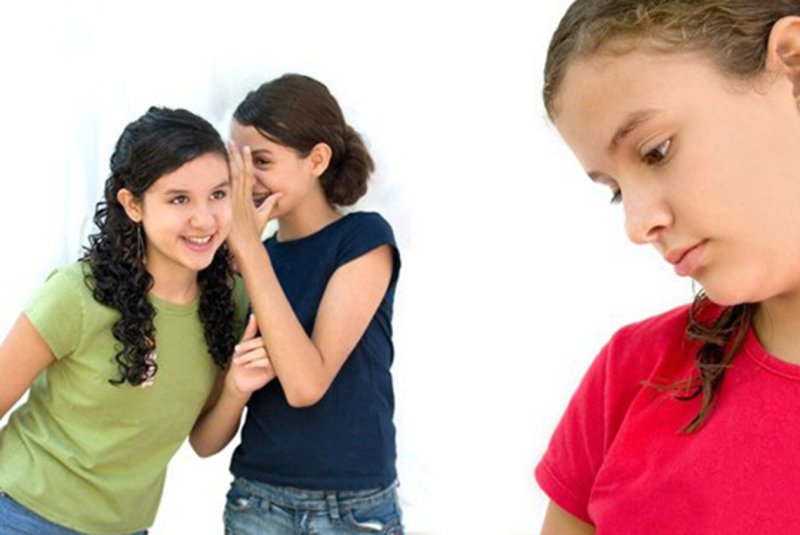Researchers determined in a new study that children are bullied because of their race, gender, religion or disability, it is more harmful than other instances of bullying. File Photo by Inf-Lite Teacher. Shared under a Creative Commons license.
Nov. 14 (UPI) -- When children are bullied because of their race, gender, religion or disability, it is more harmful than other instances of bullying, a new study said.
These findings, which also suggest it's more difficult to defend against this type of bullying, come from a new study published in the journal Psychology of Violence.
"We wanted to know whether the effects of bullying varied depending on why a child was bullied," Elan Hope, assistant professor of psychology at North Carolina State and co-author of the study, said in a press release. "Specifically, we wanted to know if outcomes differed when kids are targeted because of social biases."
Bias-bullying happens when a child faces bullying based on race, gender, ethnicity, religion, disability or sexual orientation. Multiple bias-based bullying combines two or more of those reasons as the cause of bullying. Those types distinguish themselves from general bullying, which can occur when children target a kid because of academic performance, their fashion choices or because they're the new kid in school.
Researchers studied data from the School Crime Supplement to the 2015 Department of Justice National Crime Victimization Survey. It studied 678 students around the country, ages 12 to 18. From that group, 487 kids reported generalized bullying, 117 reported one form of bias-based bullying -- usually based on gender, race or disability -- and 64 reported multiple bias-bullying stemming from race and ethnicity.
The researchers focused on the negative results of bias-bullying, finding kids often avoided school, struggled psychologically and academically and feared being physically harmed.
Teacher, family, peer and community support didn't help children experiencing bias-bullying or multiple bias-bullying, although it did help generalized-bullying victims. However, school safety and security steps lessoned the damage done to single bias-based and generalized-bullied kids.
"These findings show that a one-size-fits-all approach to anti-bullying campaigns is not very effective," Hope said. "Bias-based bullying and multiple bias-based bullying have different effects on students, and interventions are needed to focus on those underlying biases."















